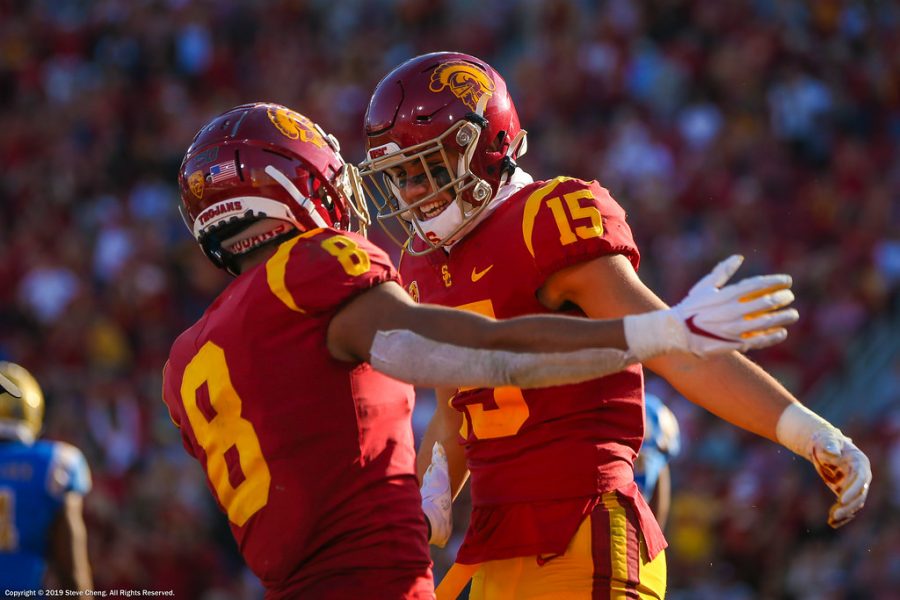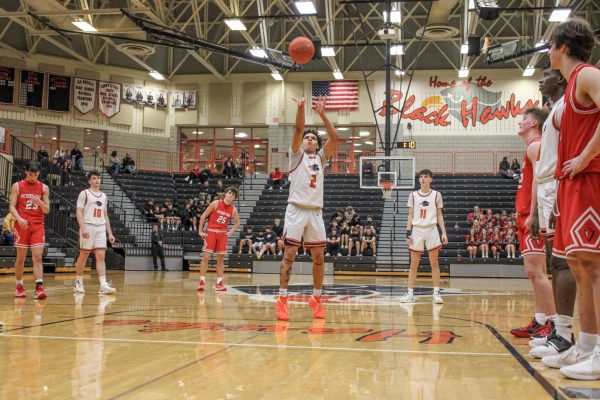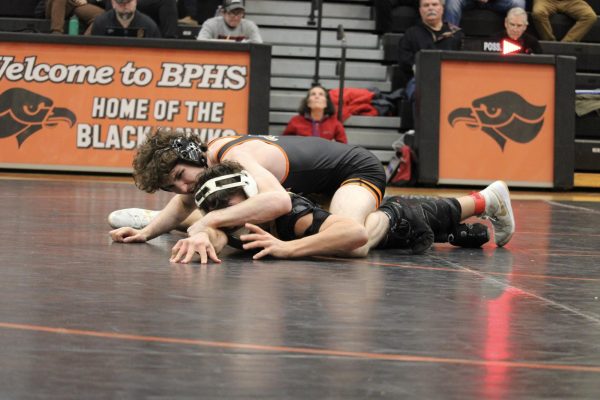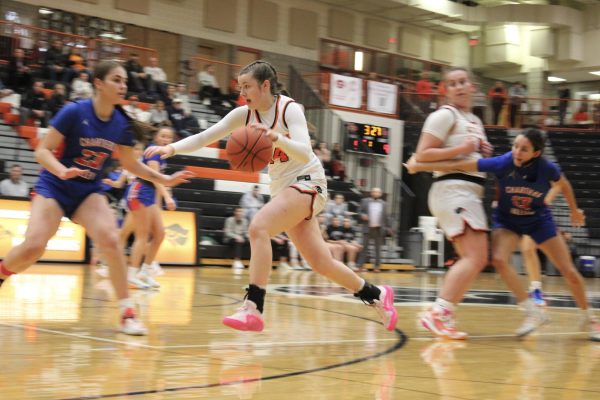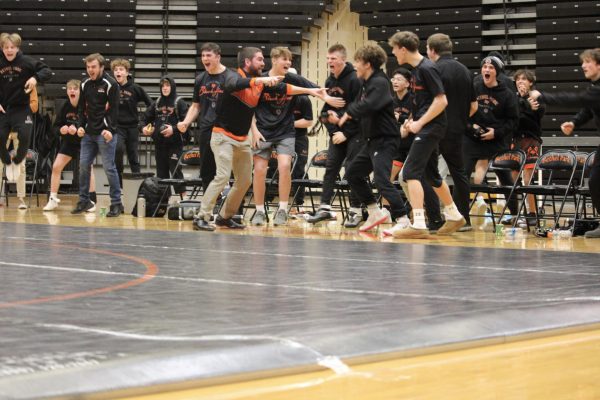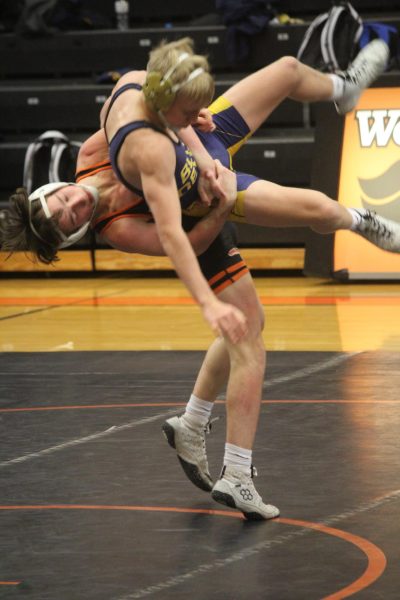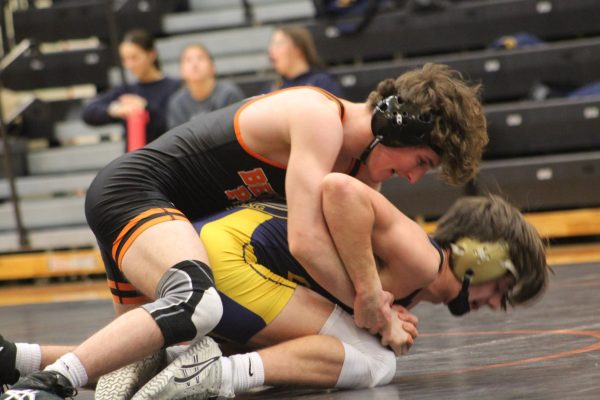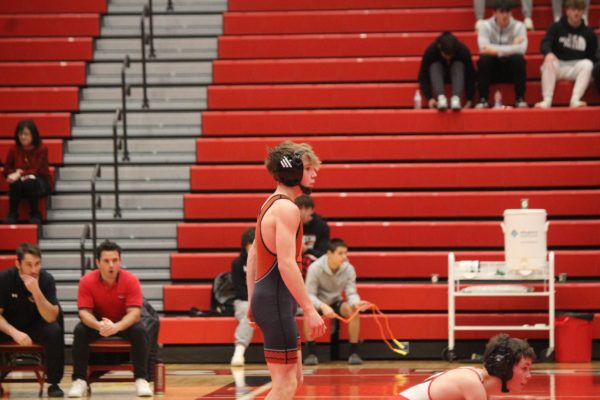Big Ten football is back!
USC Trojans wide receiver Amon-Ra St. Brown (8) and Drake London celebrate after London’s touchdown catch; UCLA at USC. November 23, 2019, Los Angeles, CA
With the start of the strangest college football season ever, half of the teams are still missing. For the longest time, officials and fans didn’t know if they would get their portion of college football with the COVID-19 pandemic. It now looks like we could be adding more teams to the fall season.
On Aug. 5, the Big Ten and PAC 12 athletic conferences decided to postpone their fall athletics including football due to COVID-19. This would have moved all of the sports to the spring if possible. A few other major conferences chose the same route, including the MAC and Mountain West.
The rest of the college football world continued on as started the first week of September.
The Big Ten didn’t want to be left out and on Sept. 16, they put a plan to play together starting Oct. 24. Big Ten head officials made the decision after considering new medical information and rapid testing for the players.
Each Big Ten team will play an eight-game schedule with a champions weekend pairing up teams from each division to play each other for a 9th game.
A week later the PAC 12 adopted a seven-game season starting late November.
This will bring a lot of debate to the rest of the college football world if teams from these conferences should be eligible for the playoffs since the Big Ten plays nine games, and the PAC 12 will only play seven. How will they compare these teams against others if they play fewer games?
Some big-time names who will now be playing who originally opted out are Minnesota’s Rashod Bateman, Purdue’s Rondale Moore, and Ohio State’s Shaun Wade.
This gives Heisman finalist Justin Field another year to show what he can do with a stacked wide receiver core.
College football is finally completely back.

With hopes to graduate from his dream college (PSU), Dan does anything he can to help out his school. After high school, Dan plans to graduate from college...

